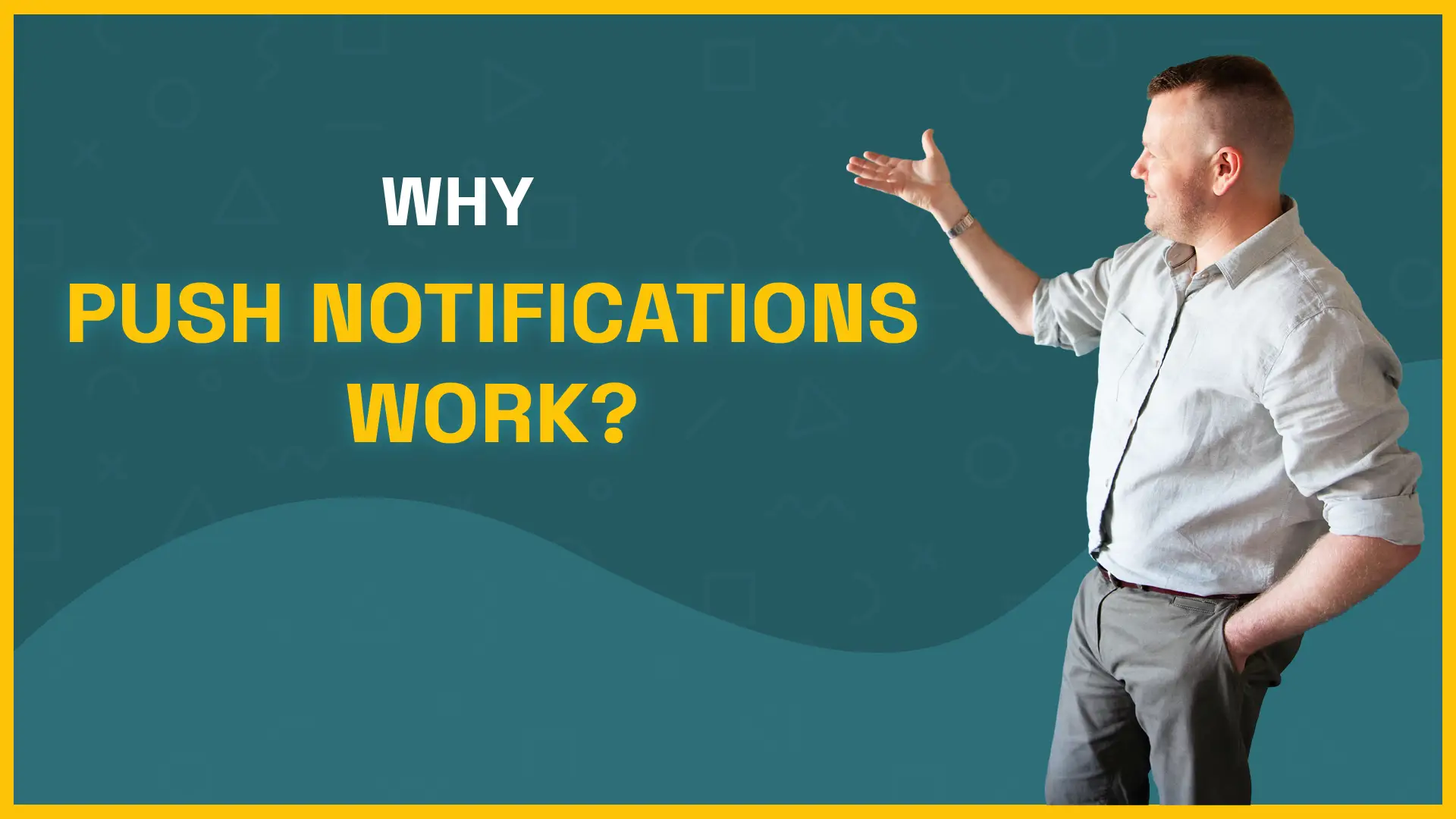
Understanding Push Notifications
Let’s start with the basics. Push notifications are concise messages sent directly from mobile apps or websites to a user’s device. These notifications can appear as pop-ups, banners, or alerts and can convey a wide range of information, from reminders and updates to special offers and news updates. Their power lies in their ability to engage users instantly and efficiently.
The Strength of Push Notifications
So, why should you consider using push notifications to re-engage potential clients? Here are several compelling reasons:
1. Instant Communication
Push notifications allow you to reach your audience instantly. Unlike emails or social media posts that rely on users actively checking their inboxes or feeds, push notifications are delivered directly to their devices in real-time. This is particularly vital for tradespeople who often need to convey time-sensitive information.
2. High Visibility
Push notifications are hard to ignore. They typically appear on a user’s screen as a pop-up or banner, ensuring that your message grabs their attention, even if they are engaged in other activities on their device.
3. Personalization
Personalization is the holy grail of modern marketing, and push notifications offer an excellent opportunity to deliver personalised content. By tailoring your notifications based on user preferences, behaviour, or location, you can significantly increase their relevance and engagement.
4. Increased User Engagement
When used effectively, push notifications can boost user engagement with your app or website. This increased engagement can lead to higher conversion rates and, ultimately, more clients for your trade business.
Best Practices for Using Push Notifications
Now that we’ve covered the advantages, let’s delve into the best practices for implementing push notifications effectively:
1. Segment Your Audience
Not all potential clients are the same, so it’s essential to segment your audience. Divide them based on factors like their preferences, behaviour, or location. By sending targeted notifications to each group, you can maximise their relevance and impact.
2. Timing is Everything
Be mindful of when you send your notifications. Avoid interrupting users during odd hours or times when they are unlikely to engage with your message. A well-timed notification is more likely to grab their attention.
3. Value-Oriented Content
Your notifications should provide real value to the recipient. Whether it’s a special discount, useful information, or exclusive updates, make sure your message is worth their attention. Valuable content builds trust and loyalty.
4. A/B Testing
The world of digital marketing is ever-evolving, and what works today may not work tomorrow. Experiment with different notification styles, content, and timing to find out what resonates best with your audience. A/B testing can help refine your approach over time.
5. Opt-In and Opt-Out Options
Respect user preferences by allowing them to opt in or out of receiving notifications. Bombarding users with constant messages can lead to frustration and opt-outs. By giving them control, you build a more positive relationship.
6. Analyse and Adapt
Regularly analyse the performance of your push notifications. Pay attention to metrics like open rates, click-through rates, and conversion rates. These insights will guide you in adjusting your strategy based on what works best for your audience.
Case Studies and Success Stories
Let’s further emphasise the impact of push notifications with a couple of success stories from the world of tradespeople:
1. Smith Plumbing
Smith Plumbing implemented a push notification strategy centred around sending timely reminders for routine maintenance to their existing client base. By providing a valuable service that helped clients keep their plumbing systems in top shape, they saw a remarkable 20% increase in repeat business. The personalised and thoughtful notifications made clients feel valued and appreciated.
2. Green Landscaping
Green Landscaping used push notifications to inform potential clients about seasonal promotions, gardening tips, and exclusive offers. This strategy was particularly effective during their busy spring season, resulting in a 15% boost in new client sign-ups. By delivering content that was not only relevant but also timely, they managed to capture the attention of potential clients when they needed landscaping services the most.
In Summary
In conclusion, push notifications are a potent tool for re-engaging potential clients and driving growth for your trade business. When executed thoughtfully, they provide a direct and personalised means of communication that can significantly enhance your digital marketing efforts.
Remember, the key to success with push notifications lies in understanding your audience, providing value, and continuously refining your strategy based on performance data. So, don’t hesitate to explore the potential of push notifications and watch your client engagement soar to new heights. With the right approach, you can turn potential clients into loyal customers, boosting your trade business’s success in the digital age.
Cheers,
Leigh from Onside Online
